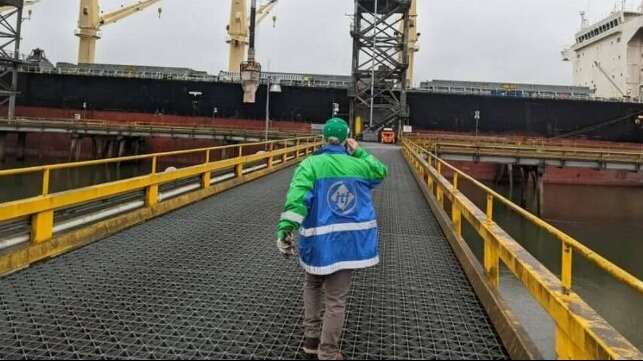Staff Writer | March 20, 2023 |

Computer-generated representation of SARS-CoV-2 under electron microscope. (Image by Felipe Esquivel Reed, Wikimedia Commons).
Silicon, gold and copper, as well as electric fields, can be used to destroy the spike proteins of SARS-CoV-2, the virus that causes covid-19, according to new research.

“Coronaviruses have spike proteins on their periphery that allow them to penetrate host cells and cause infection and we have found these proteins become stuck to the surface of silicon, gold and copper through a reaction that forms a strong chemical bond,” Nadim Darwish, who led the research at Curtin University, said in a media statement.
“We believe these materials can be used to capture coronaviruses by being used in air filters, as a coating for benches, tables and walls or in the fabric of wipe cloths and face masks.”
In a paper published in the journal Chemical Science, Darwish and his colleagues explain that, in addition to the metals, coronaviruses could be detected and destroyed using electrical pulses.
“We discovered that electric current can pass through the spike protein and because of this, the protein can be electrically detected,” PhD candidate Essam Dief said.
In Dief’s view, this finding can be translated into applying a solution to a mouth or nose swab and testing it in a tiny electronic device able to electrically detect the proteins of the virus. This would provide instant, more sensitive and accurate covid testing.
In addition to the prior, by applying electrical pulses, the researchers found that the spike protein’s structure is changed and at a certain magnitude of the pulses, the protein is destroyed. This means that electric fields could deactivate coronaviruses.
“So, by incorporating materials such as copper or silicon in air filters, we can potentially capture and consequently stop the spread of the virus,” Dief said. “Also importantly, by incorporating electric fields through air filters, for example, we also expect this to deactivate the virus.”
For the researchers, this study is quite promising both fundamentally, because it enables a better understanding of the viruses in question, and from an applied perspective as it helps develop tools to fight the transmission of current and future coronaviruses.
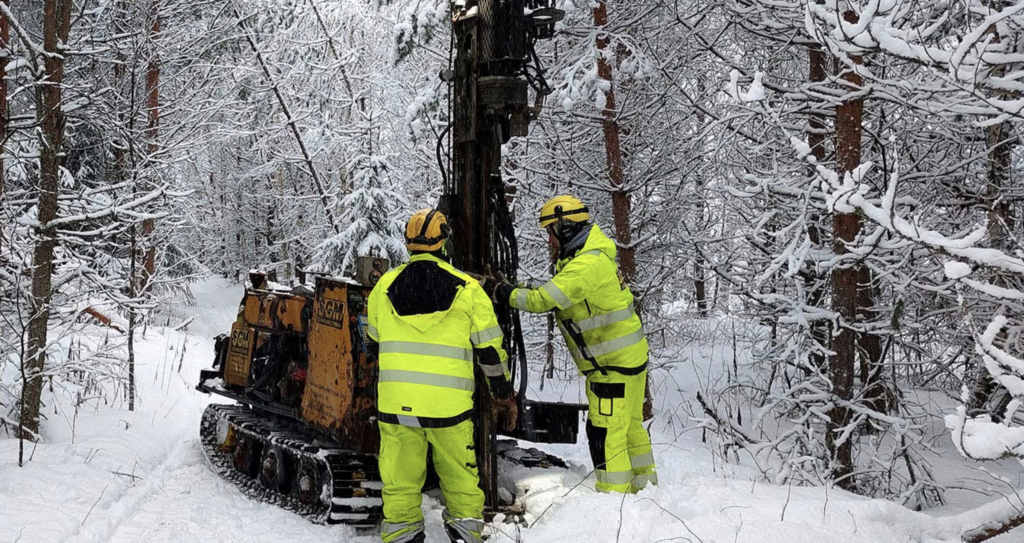
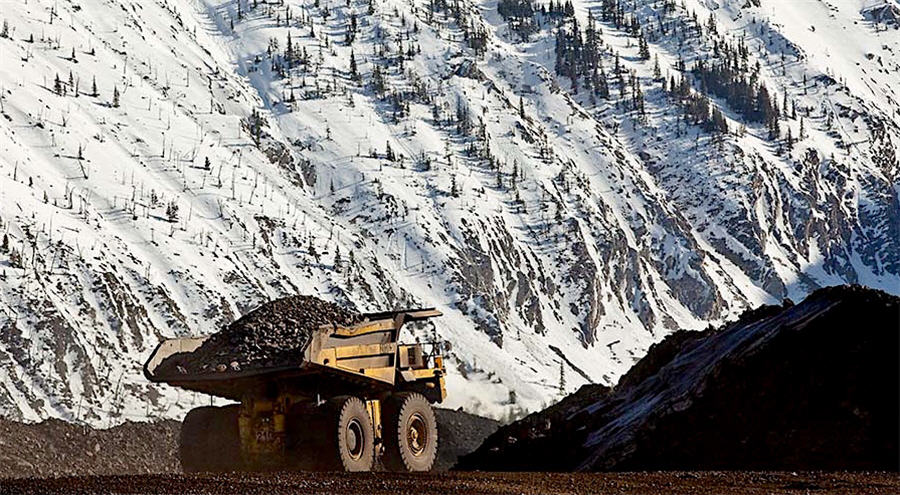
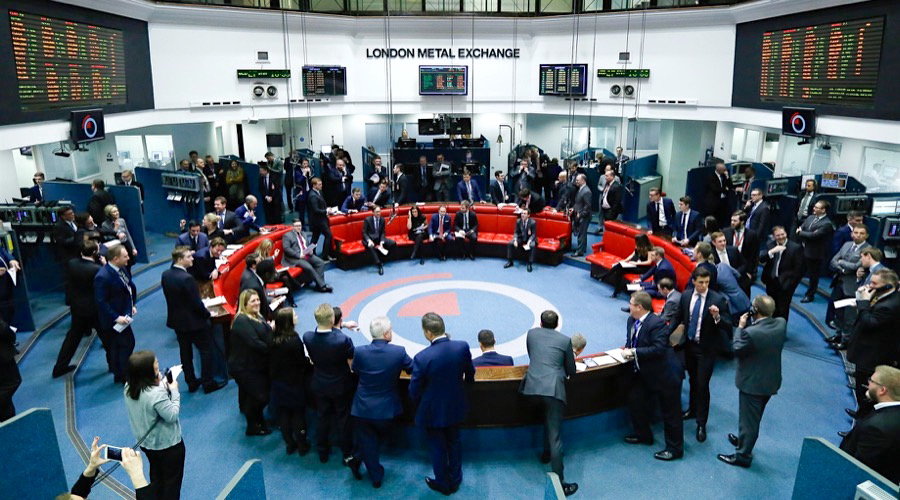

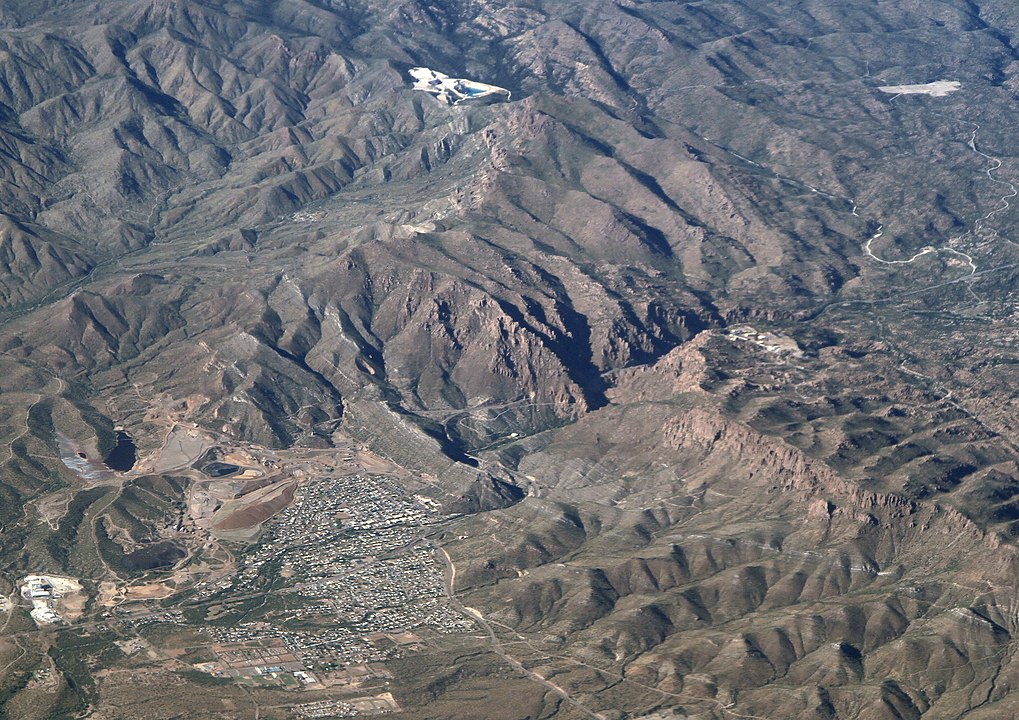
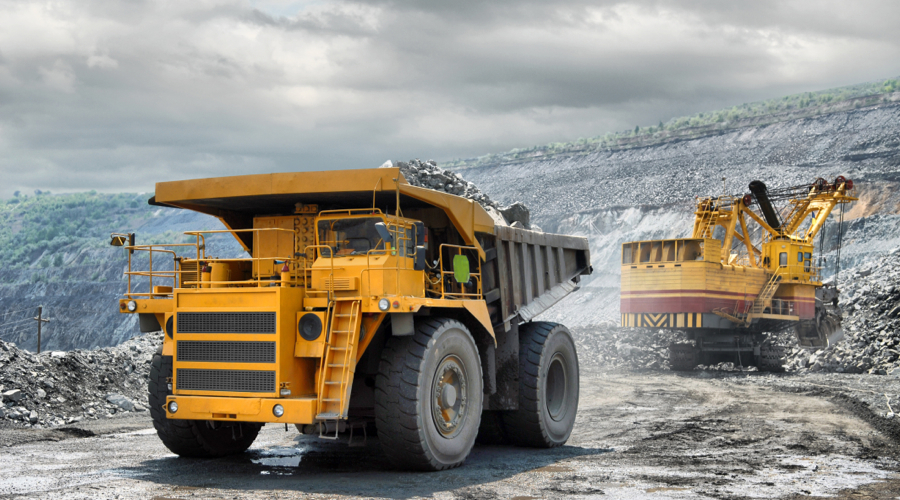
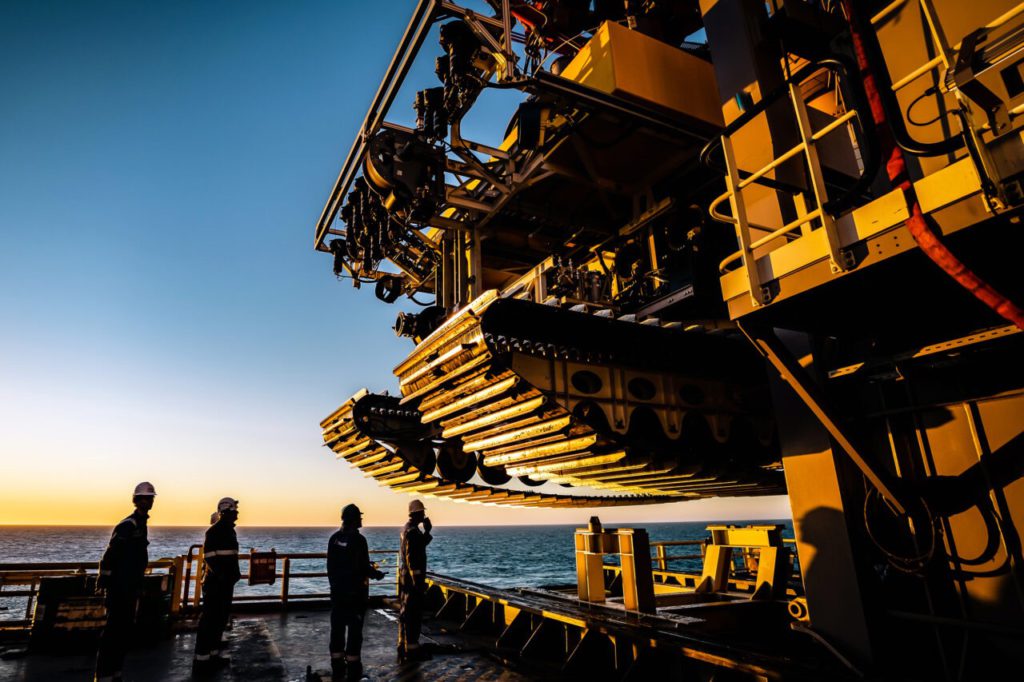

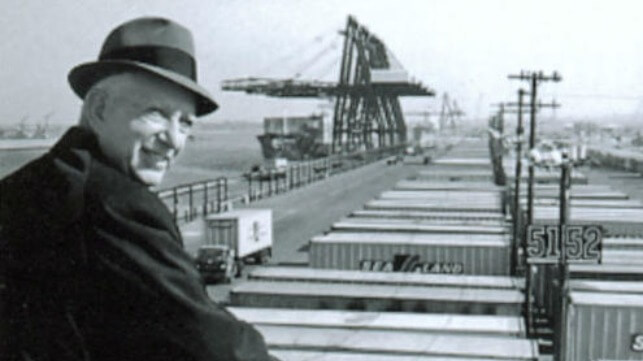
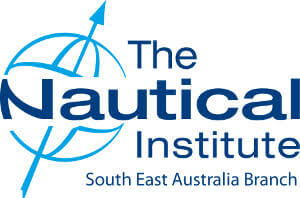 Cameron Livingstone MNI is the secretary of the
Cameron Livingstone MNI is the secretary of the 